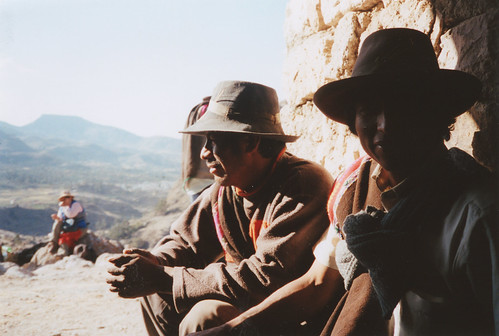A book of poetry I read tonight contained the following poem, which struck me as interesting because of something that happened earlier while driving in the darkness to come to a friend's house. After I filled the gas tank and as I drove to the highway along roads my father bicycled as a child I saw an amber sliver of the moon falling into a black horizon from an indigo sky. On the highway I was cut off by a large truck that had just pulled into the freeway, and I had to slow down considerably. I was annoyed and staring at the truck and the cars whizzing by on my left and suddenly an enormous bird flew up and over the bridge and nearly crashed into the truck that was just in front of me, and then he flew away. He must have been a large owl. Probably a great horned owl. I've seen a couple. They are beautiful birds. I've only seen their eyes in photos because usually I see them at night, in a tree or sitting on top of a telephone pole, hunting. All I see is their silhouette, and they have very charming ear tufts that stick up on top of their head. They have a lovely deep Whoo.
It disturbed me, this owl sighting, because I do not like to think of owls crashing into trucks on the highway. And I thought of a girl I had seen that afternoon who I'd known in high school (we ran into each other at the stationary store) and how once when Arwen and I were riding with her she ran over a skunk on the highway. It was horrible. One or two of us screamed. It could have been me who screamed, I couldn't tell. I hate to see poor little things whose lives have been so altered by human existence. I once stopped to let a baby fawn with wobbly legs (newborn) cross the road after his mum. It was a rainy day and I was shaken just thinking of how close I came to hitting that baby thing. So tiny. I cried all the way to school that morning.
And then I read this (my eyes just glanced over the page).
There was dying here tonight, after
dusk, by the road: an owl,
eyes fixed and flared, breast
so winter-white he seemed to shine
a searchlight on himself, helicoptered
near a wire fence, then suddenly
banked, plunged, and vanished
into the swallowing dark with his prey.
From The Hearth by C.K. Williams



